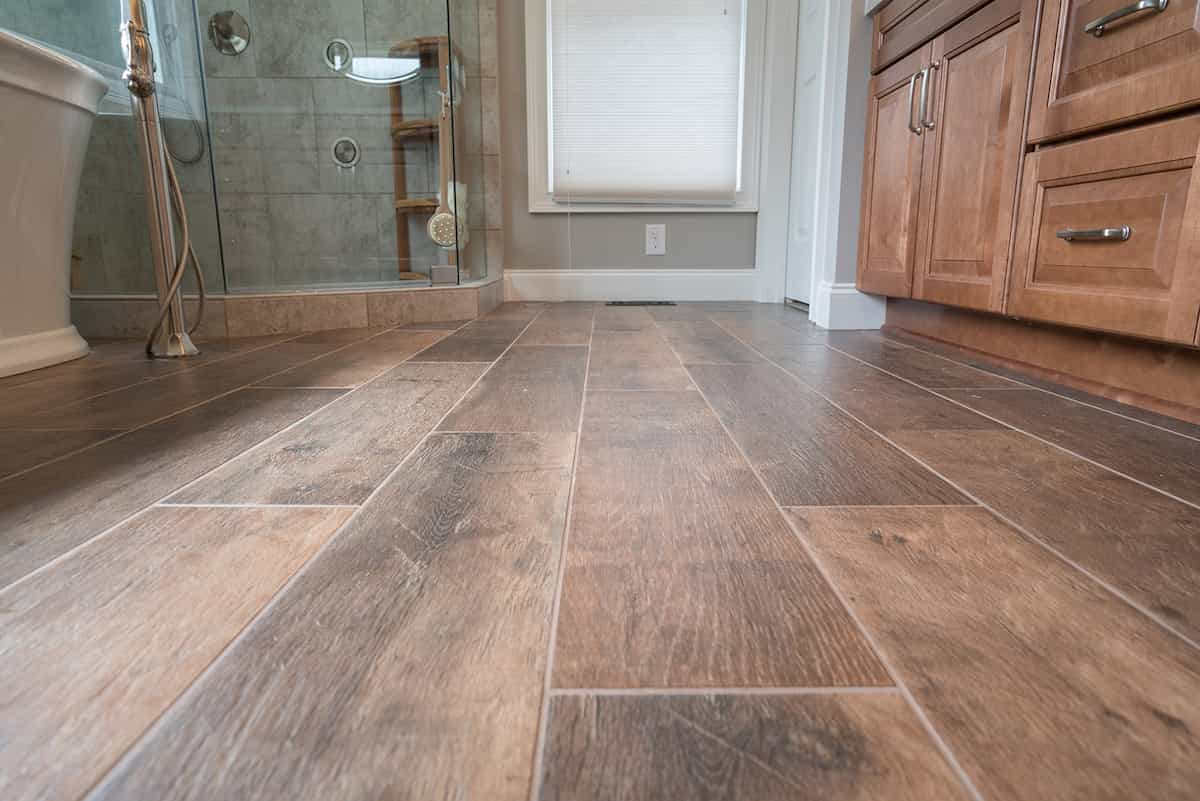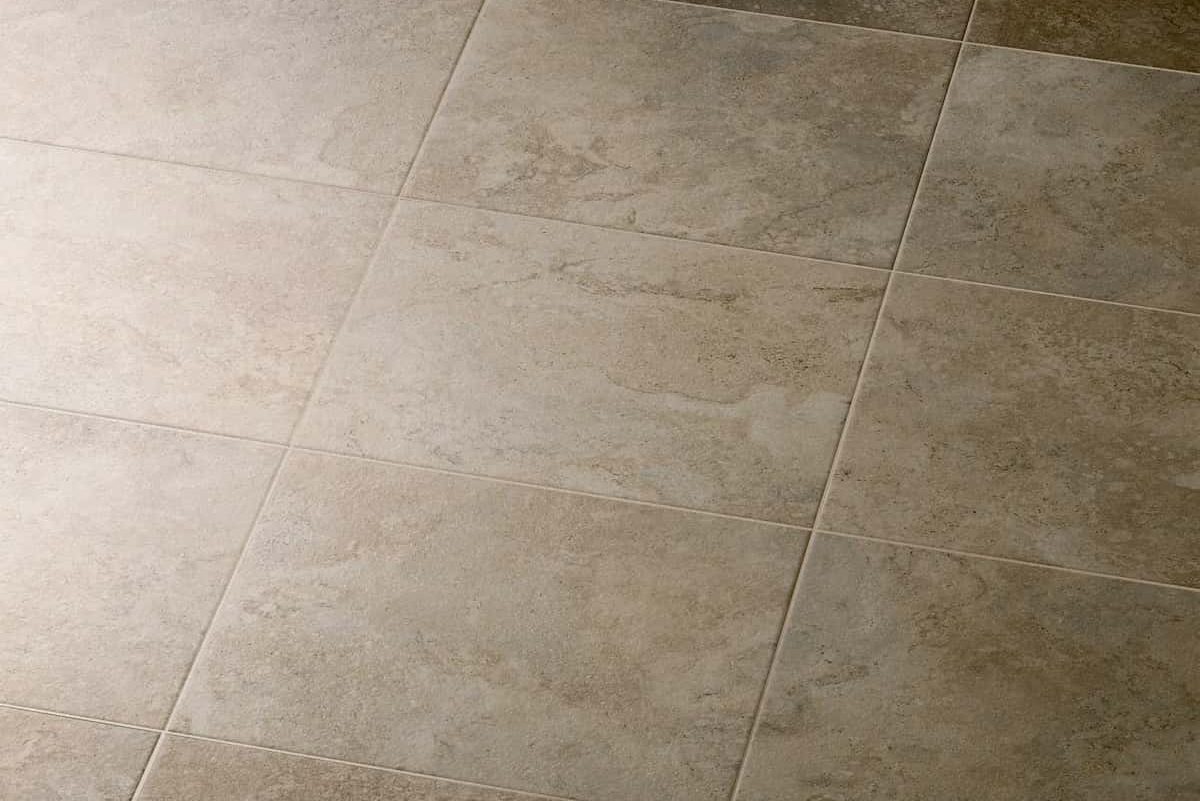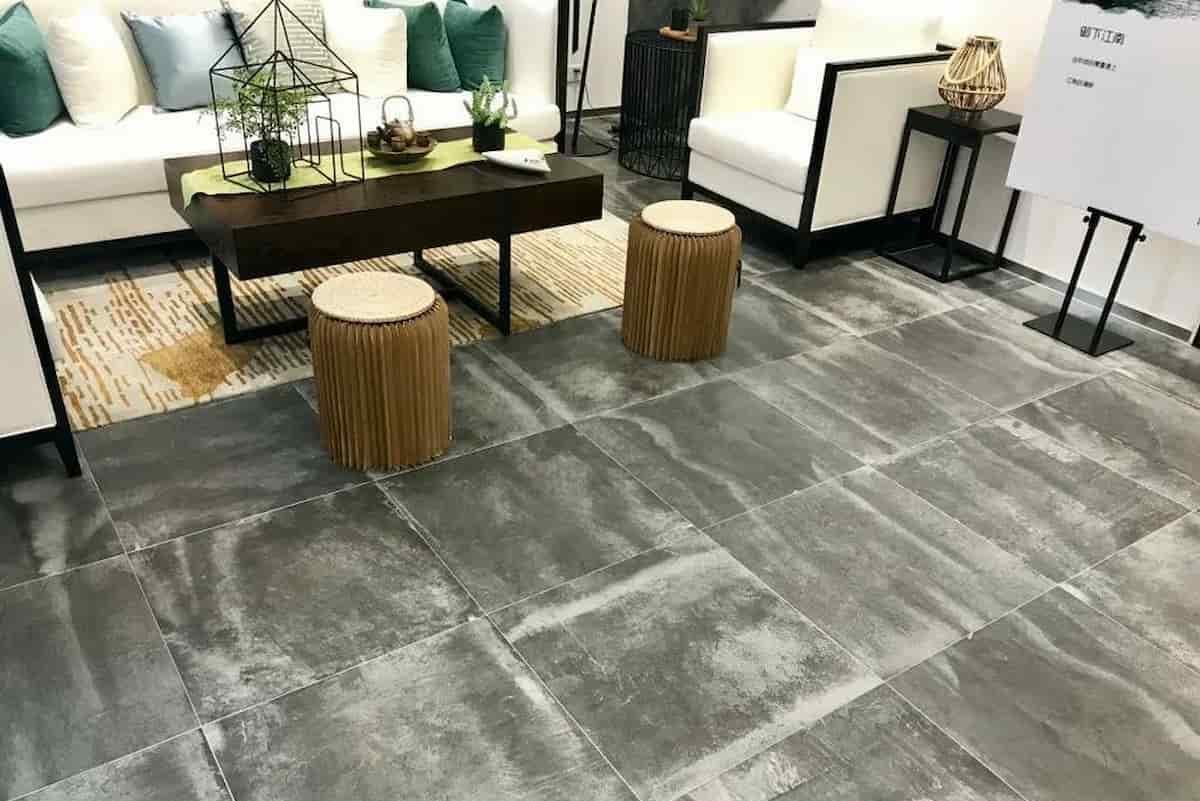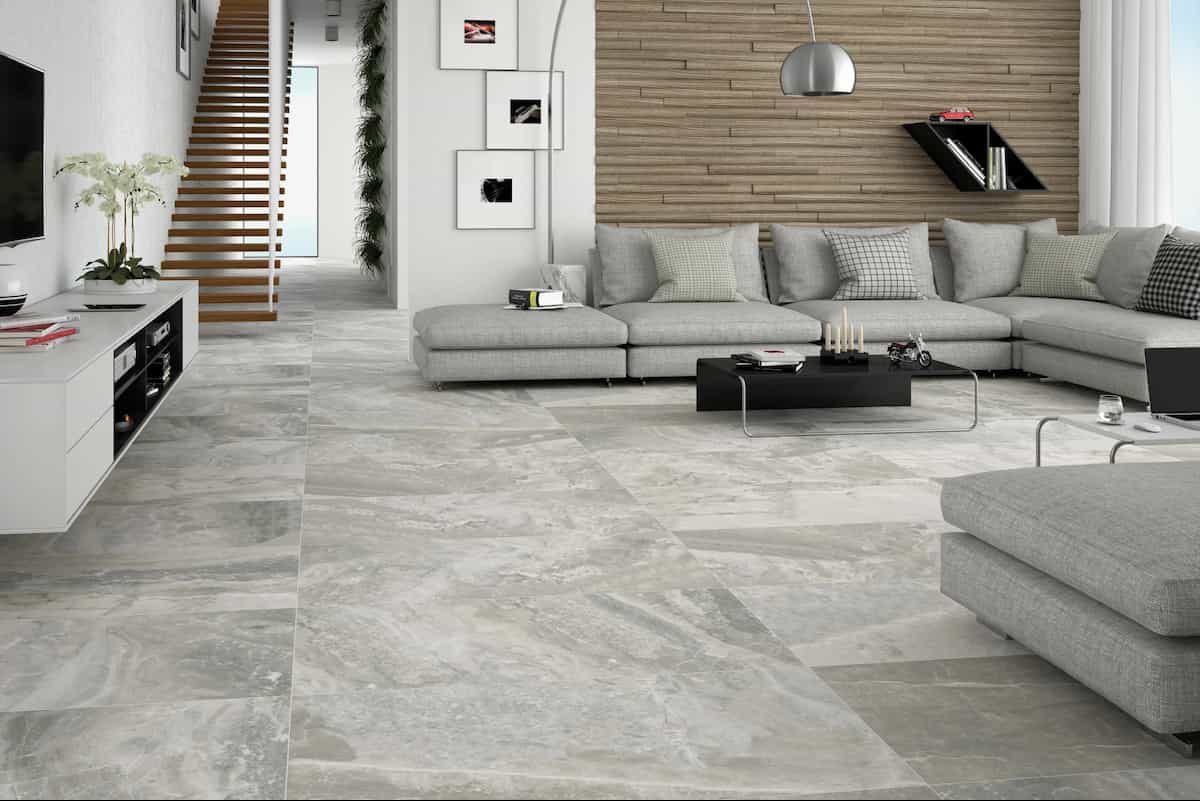Homeowners often choose to cover their floors with ceramic tiles vs laminate flooring, both of which are types of floor coverings with pros and cons. They have a really distinct appearance and manner all of their own.
Natural stone is just one of the many materials that may be utilized in the production of a wide variety of floor tiles, including ceramic, porcelain, slate, wood-like, and others. Laminate, on the other hand, is created using only a few natural ingredients. It is a synthetic layered product with an outer design surface that resembles hardwood or stone.
To assist you in making a wise choice regarding the type of flooring to purchase, we will compare and contrast the aforementioned options in the following section.
Installation
Tile floor installation is a challenging and do-it-yourself project that homeowners should only attempt with exceptional expertise and access to specialist supplies.
It is possible that a sealant will be required to improve the tile’s resistance to stains and moisture if the tile being used is natural stone rather than ceramic or porcelain tile. The installation process is often completed over the course of multiple days.

The homeowner may typically complete the installation of laminate flooring in less than a day and a half. On the other hand, a miter saw might be necessary.
The laminated strips can be placed down on either a subfloor or an existing hard floor surface. Without glue or cement, the laminated parts are assembled by simply snapping together over a thin layer of foam underlayment 3.
Costs
The varieties of tile that are the most economical to purchase are ceramic and porcelain tile. Their cost ranges from $1.50 to $5 per square foot, whereas the cost of laminate strips ranges from $1 to $5 per square foot. Therefore, the material prices for both types of flooring are comparable. Tile installation will run you an average of $5.75 per square foot, whereas laminate installation will run you an average of $2 per square foot. In light of this information, the cost of installing tile flooring will range between $5 and $13 per square foot, whereas the cost of installing laminate flooring will range between $2 and $8 per square foot.
The installation of tile in a living room that is approximately 200 square feet will cost between $1,000 and $2,600, while installing laminate flooring will cost between $400 and $1,600.
Due to the increased amount of labor required and the stringent installation standards, tile installation is more expensive. On the other hand, tile flooring is known to raise a home’s resale value, although laminate flooring is not associated with such a rise. This may make the additional costs worthwhile.

Appearance
Even though they are made of different materials, tile flooring and laminate flooring both come in a large range of different colors and textures to choose from. Ceramic tile or laminate flooring, depending on the composition of the outer surface and the design of the pattern printed on it, are capable of imitating natural stone or hardwood.
In certain parts of the house, such as the bedroom and the living area, the hard surface of the tile can be uninviting and cold. Tile flooring is also notoriously difficult to clean. Other items, such as glasses and dishes, have a greater chance of breaking when dropped on the tile.
This is another disadvantage. On the other hand, because each board of laminate flooring has a thin foam pad 5 placed underneath it, this type of flooring is more pleasant to walk on than other types.
In addition, the planks are not attached to the subfloor or the underlay 6, which results in a walking surface that is more adaptable to the user’s movements.
Durability
Due to the fact that both types of flooring can withstand significant amounts of foot traffic, they are both viable options.
Tile, on the other hand, is more long-lasting, particularly because most tile variations resist the effects of standing water. Non-porcelain ceramic tile, which is made of simple clay, is not as hard and does not withstand stains as well as porcelain ceramic tile, which is made of feldspar.

In contrast to tile, laminate flooring is vulnerable to moisture damage. Water can leak into the laminate joints, which can make the material swollen, warped, and discolored.
In addition, if the tile is cared for properly, it can endure the lifetime of the house, whereas laminate will degrade with time.
In the event that something heavy is dropped on a tile, the tile has a greater chance of chipping or shattering, whereas laminate has a lower risk of being harmed in this manner. Nevertheless, if damage does occur to the laminate, it will be much more noticeable.
It is not the end of the world if a tile is damaged because it can be replaced with another tile or tiles without impacting the rest of the floor.
On the other hand, laminate strips have a tongue-and-groove mechanism that allows them to attach to one another. As a result, replacing one strip may require removing a full row or even more than that. This can be a highly involved process.
Maintenance
Tile and laminate flooring both require little to no maintenance when properly cared for. Waxing and sealing are not necessary for laminate flooring. Sweeping and damp mopping both floors on a regular basis is recommended.
Tile, on the other hand, necessitates more maintenance because the grout in between the tiles needs to be cleaned and resealed on an annual basis. After some time has passed, the grout may need to be removed entirely and replaced with new grout.
Radiant Heating of the Floor
Tile and laminate flooring, with a few key considerations, are also viable options for use in conjunction with radiant heating.
It is advised that tile floors have a crack isolation system, consisting of a membrane between the subfloor and the tile.
This lets the flooring expand and contract without causing damage. When it comes to laminate flooring, the WFCA recommends that homeowners examine the manufacturer’s instructions to ensure that the laminate flooring’s layers are securely attached to one another and that the floor temperature does not surpass 80 degrees Fahrenheit.

ceramic tiles flooring
When people think about flooring materials, ceramic tiles are typically the first thing that comes to mind. These tiles are not only lovely and long-lasting, but they also come in a wide variety of colors and patterns, allowing you to find one that is a perfect match for the aesthetic of your home.
However, that is not the only alternative that can be purchased on the market. Vitrified tiles are one of the better options, and they give ceramic ones a run for their money when it comes to head-to-head competition. They are an excellent choice for residences that get a lot of foot traffic.
Are you uncertain about the material to select—ceramic or vitrified—and trying to make up your mind? Do not worry since we have everything under control.
The following is an in-depth guide that will provide you with the necessary information regarding these two popular choices for tiles. Read on to learn the key differences between them and make an informed choice.
An Extensive Overview of Vitrified and Ceramic Tiles
Before deciding whether ceramic or vitrified tiles are superior, let’s have a better grasp of what each type entails.
Ceramic Tiles Ceramic tiles are fabricated from natural clay, which is then fired at extremely high temperatures so that it hardens and becomes more long-lasting. Through the application of this technique, a ceramic tile that is impervious to water, bacteria, and stains is produced.
Because the clay used in ceramic tile production does not contain additives or chemicals, this material is frequently considered to be one of the more natural options available.
Because they are considerably less prone to becoming discolored or peeled than tiles made of other materials, these tiles might be a good option for households with children or animals.
Advantages It is simple to look after and maintain them.

The colors and designs that can be applied to these tiles are virtually limitless.
White ceramic wall tiles are one of the most cost-efficient solutions available and are considerably less expensive than other possibilities.
It is simple to get new ones as necessary.
Cons
Even though these tiles are simple to clean, the grout lines may be more difficult to keep clean than the tiles themselves.
The color of these tiles might be altered if they were exposed directly to sunlight.
It is possible that these should not be used as flooring in a cold environment.
Those are vitrified tiles.
These tiles are often manufactured using a method known as vitrification, which is rather self-explanatory given their name. These are quite comparable to ceramic tiles. However, they are tougher, less porous, and more reflective than their ceramic counterparts. Vitrified tiles contain clay in addition to other components such as silica, feldspar, and quartz. On the other hand, ceramic choices are made of natural clay that is combined with water during the manufacturing process.
Because they require little care and have a high level of endurance, these tiles are an excellent option for locations that get a lot of foot traffic. Vitrified tiles look more polished than ceramic ones due to the shiny appearance of vitrified tiles, which is another reason why vitrified tiles are an excellent solution.
Pros
Vitrified tiles are an excellent choice for residential and commercial construction use.

They are long-lasting and constructed to withstand wear and tear.
These tiles have a non-porous surface that is resistant to scratches and stains.
The tile has a color that is consistent all the way through due to the fact that the clay is dyed before it is baked. This ensures that the color of the vitrified tile will not be altered in any way, even if the tile is scratched.
The most advantageous quality of these tiles is that they do not require nearly any time to set and may be utilized less than two days after they have been laid down.
Vitrified tiles are typically manufactured in large formats, which minimizes the need for grout joints.
Cons
Vitrified tiles are significantly more expensive than ceramic tiles due to the additional characteristics that they come equipped with, which is a fact that cannot be denied.
The installation of these tiles is rather laborious, despite the fact that they require very little upkeep. In addition, installation costs are higher due to the fact that stronger adhesives than ceramic ones are required.
A Comprehensive Analysis of Ceramic and Vitrified Materials
Because you are now well-versed in the fundamentals of these flooring alternatives, it is time to compare ceramic tiles and vitrified tiles so that you may make the most informed decision possible. In addition to the general appearance, there are a few key distinctions between the two, which include maintenance, usage, cost, and composition.

Keep scrolling to see a comprehensive analysis of the differences and similarities between these two popular choices for flooring.
- composition
While vitrified tiles are formed from clay and a variety of minerals and solvents, ceramic tiles are known to be made from natural clay that has been combined with water and baked at a high temperature.
- Surface
Treatment and Application Domain
White ceramic glazed wall tiles can be utilized for a variety of applications, including countertops, flooring, walls, and backsplashes.
These tiles have a glossy texture, which can enliven your area while also adding a splash of color to your otherwise monotone décor. On the other hand, because of their substantial size, vitrified tiles should be used exclusively for flooring applications.
- Costs and fees
As a result of the numerous additional benefits they offer, vitrified tiles carry a price tag that is noticeably higher than ceramic varieties.
On the other hand, they are exceptionally hardy, and shiny and have an appearance that is comparable to that of marble and granite.
Summing Up
That brings us to the end of it. Both ceramic and vitrified tiles have their own set of pros and downsides. As a result, you should make a choice that satisfies your needs for your interior design and is suitable for your financial situation.












Your comment submitted.